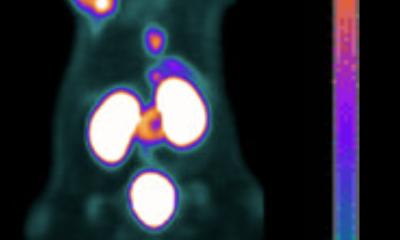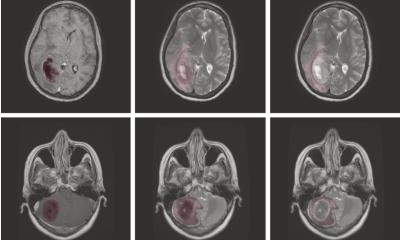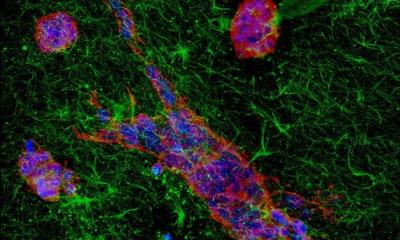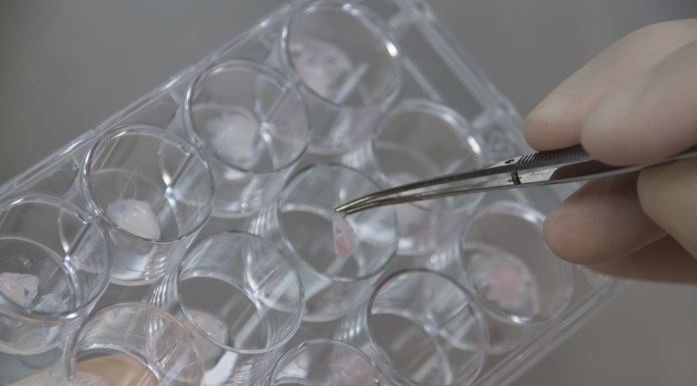
Image source: Queensland University of Technology
News • Metastasis research
Tissue-engineered prostate tumours shed light on cancer spread
Research led by the Queensland University of Technology (QUT) on the interaction between prostate cancer cells and the tumour microenvironment has shed more light on the propensity of some types of prostate cancer to metastasize to bone more readily than other types.
The international team led by Dr Jacqui McGovern, from the QUT Centre for Biomedical Technologies, used tissue engineering and regenerative medicine principles to create primary tumours with their microenvironment and humanized bone as a metastatic site for prostate cancer cells to spread to. They used two types of prostate cancer cell lines - one that is sensitive to male hormones (androgens) (LNCaP) and the other, a more aggressive type (PC-3), which is non-sensitive to androgens. The researchers published their findings in Nature Communications Biology.
Interestingly, the humanized tumour microenvironment showed a trend to decrease metastasis of the more aggressive PC-3 cells to humanized bone but did not influence metastasis to the mouse bones or visceral organs
Jacqui McGovern
“We found that the tumour microenvironment influences the spread of cancer to bone and visceral organs in a manner specific to the cells with low (LNCaP) and high (PC-3) metastatic potential,” said Dr McGovern, from the QUT School of Biomedical Sciences. “Our aim was to study the interaction of cancer cells and the bone metastatic microenvironment to better understand the complex interactions between them. We know the primary tumour’s microenvironment is an agent for prostate cancer development, growth, progress and metastasis but because the tumour microenvironment is complex and multifaceted it is difficult to delineate the roles of its specific components.”
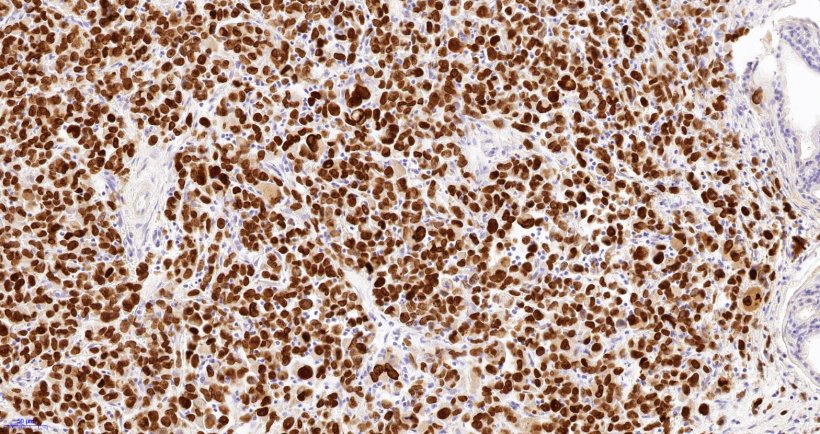
Image source: Queensland University of Technology
Dr McGovern said the team engineered primary prostate tumours in a mouse model using two critical prostate cancer tumour microenvironment cell types – fibroblasts and microvascular endothelial cells – which have been implicated in directly contributing to prostate cancer metastasis. “Both the LNCaP and PC-3-derived primary prostate tumours containing these critical cells type developed and metastasized over a 10-11-week period,” she said. “Interestingly, the humanized tumour microenvironment showed a trend to decrease metastasis of the more aggressive PC-3 cells to humanized bone but did not influence metastasis to the mouse bones or visceral organs. In contrast, the LNCaP primary tumour microenvironment actually enhanced tumour growth and bone metastasis. These results uncover a potential new role of the tumour microenvironment in prostate cancer’s tendency to metastasise to bone which warrants further investigation. However, we are only at the beginning of exploring how the signalling processes between cancer cells and the microenvironment can structure tumour cell communities.”
Source: Queensland University of Technology
29.09.2021



